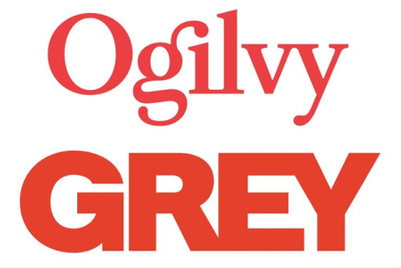
Ask anyone for a description of the digital consumer, and adjectives that are likely to come up are: savvy, empowered, open, experimental, demanding, overstimulated and choice-rich. It is a pretty intuitive image, and one that defines the fundamental role the internet plays for much of the digitally connected world.
It is no wonder that this is the image that drives digital-engagement strategies. The underlying assumptions are of a here-and-now mindset, thriving on the immediacy and variety of the online environment. In our belief that we are dealing with consumers with a short attention span, we are falling over ourselves to market to the moment and maximize opportunities that lie in fleeting milliseconds. The conversation is focused on the benefits of more precise and immediate targeting, whether it is about the miracles of real-time programmatic buying or the value of mobile messaging in influencing shopper decisions.
But are we missing a trick in not leveraging the longer-term opportunities that digital media provides? Digital media provides access to the nooks and crannies of lives in a way that no other medium has previously done—which actually gives us the opportunity to influence habits in a deeper and more sustained way than previously possible.
Consider the Starbucks Good Morning app launched a couple of years ago. Designed to encourage people to get out of bed when their alarm rings ('A good cup of coffee doesn’t just wake you up, it also gets you out of bed.') the app comes with an offer of a discounted coffee and breakfast if people switch off their alarm and get up rather than hit the snooze button. The brand actually manages to target consumers while they are asleep: it’s hard to think of a better moment for a brand of coffee to target. And by getting access to this receptive early morning space, Starbucks has also managed to open up a route to shape habits in an enduring way—getting people out of bed on time, certainly, but also, in China, nudging breakfast habits from traditional Chinese to Western options.
I’m one of the first to use the Starbucks alarm app. It motivates me to wake up on time and get cheaper Starbucks breakfast. Then I share a photo on WeChat. This is super fun. (Li Han, Shanghai)
Unfortunately there aren’t enough examples like this that go beyond the moment to a longer-term engagement.
Perhaps there is a belief that habit creation and enduring engagement go against an environment that is built around variety and experimentation. But evidence shows otherwise.
We have found, for example, that online shopping habits develop and harden pretty quickly and can be difficult to change. Part of this is due to the browsing ecosystem (apps, ‘favourites’ settings and stored links encourage creating a route and sticking to it). But it is also due to the need for simplification, and the fact that choice overload shuts us down. The infinite possibilities of the digital environment can be overwhelming, and people instinctively look for signposts and routines to anchor them. We see this, for example, in the predominance of app-based usage of the mobile internet versus browser-based, as well as in all the simplifying strategies that people create to navigate through clutter.
I have a news app but I prefer checking latest news on WeChat through several newsletters I’ve subscribed to, because I’m on WeChat all the time and I’m too lazy to open another app. (Chen Wen, Shanghai)
Brands have yet to fully leverage their potential roles in creating anchors and building enduring habits. Targeting moments is important, but if we are to move from digital activation to true digital marketing, we should use this to lay a foundation for longer-term engagement.
Anjali Puri is global head of TNS Qualitative



.jpg&h=334&w=500&q=100&v=20250320&c=1)

.jpg&h=334&w=500&q=100&v=20250320&c=1)
.jpg&h=334&w=500&q=100&v=20250320&c=1)

.jpg&h=334&w=500&q=100&v=20250320&c=1)
.jpg&h=334&w=500&q=100&v=20250320&c=1)
.jpg&h=334&w=500&q=100&v=20250320&c=1)

.jpg&h=268&w=401&q=100&v=20250320&c=1)


.jpg&h=268&w=401&q=100&v=20250320&c=1)

.jpg&h=268&w=401&q=100&v=20250320&c=1)

